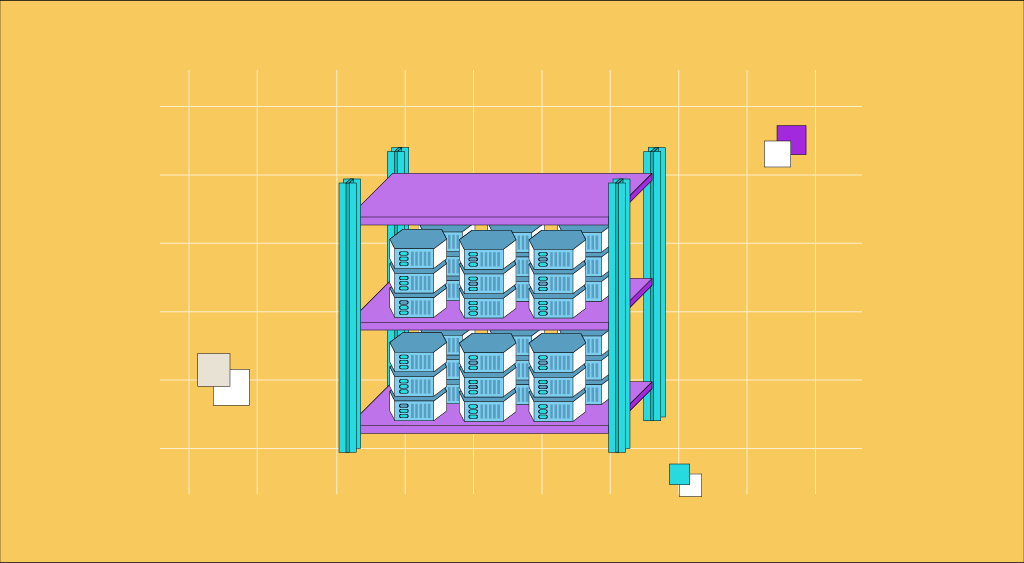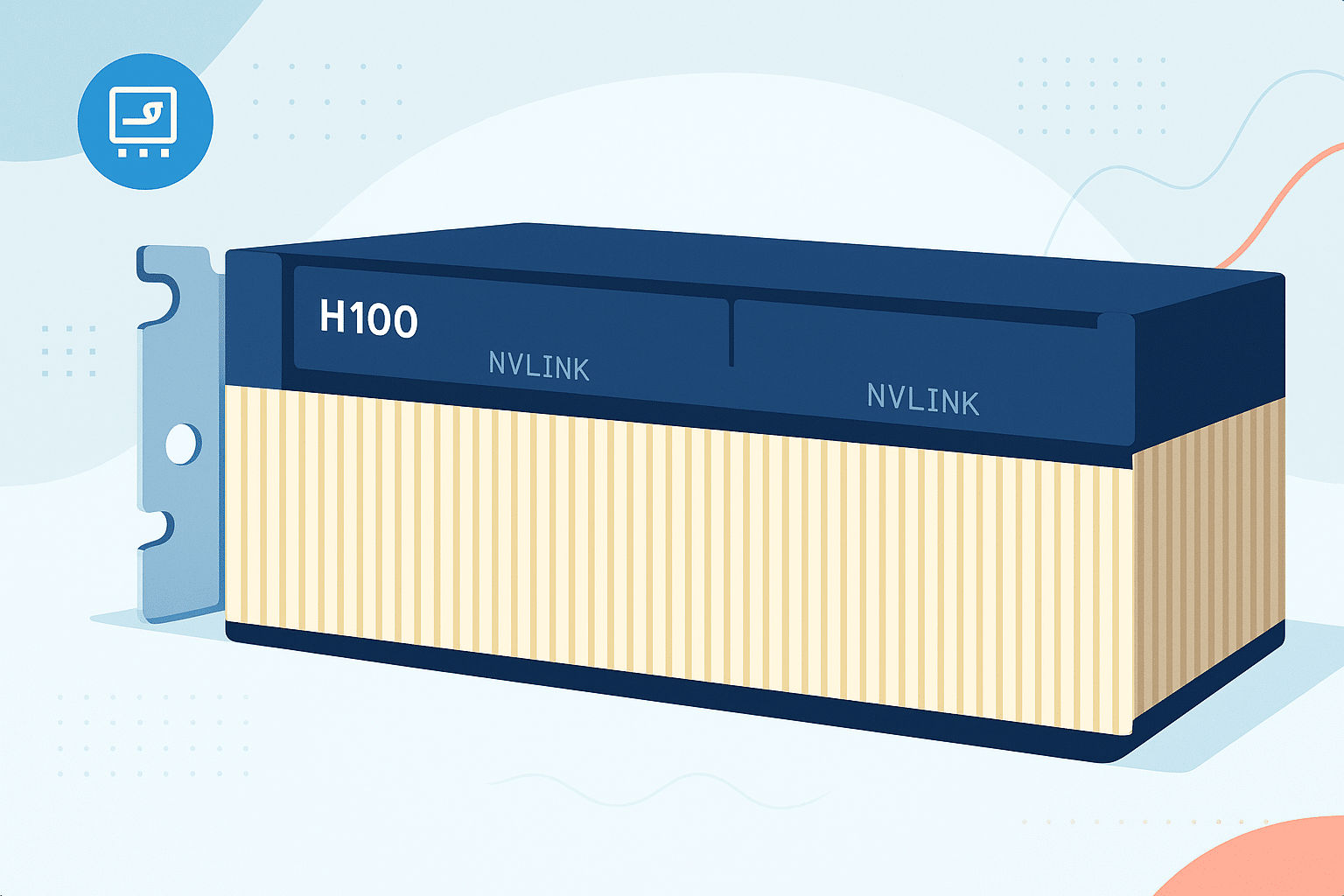Un Data Warehouse permet de collecter des données en provenance de sources diverses et de les analyser. Découvrez tout ce que vous devez savoir sur cette technologie au coeur de la Data Science : définition, fonctionnement, histoire, cas d'usage, formations...
Le terme de « Data Warehousing » designe le processus consistant à collecter et à gérer des données en provenance de sources diverses, afin d’en dégager de précieuses informations exploitables par l’entreprise.
Un « Data Warehouse » (entrepôt de données) est une plateforme utilisée pour collecter et analyser des données en provenance de multiples sources hétérogènes. Elle occupe une place centrale au sein d’un système de Business Intelligence.
Cette plateforme marie plusieurs technologies et composants permettant d’exploiter la donnée. Elle permet le stockage d’un large volume de données, mais aussi la requête et l’analyse. L’objectif est de transformer les données brutes en informations utiles, et de les rendre disponibles et accessibles aux utilisateurs.
Un Data Warehouse est généralement séparé de la base de données opérationnelle d’une entreprise. Il permet aux utilisateurs de s’appuyer sur les données historiques et actuelles pour prendre de meilleures décisions.
L'histoire des Data Warehouses
Au fil du temps, les ordinateurs sont devenus plus complexes. Le volume de données à disposition des entreprises a considérablement augmenté. C’est la raison pour laquelle les Data Warehouses sont devenus indispensables.
En 1970, pour la première fois, Nielsen et IRI introduisent le concept de Data Marts dimensionnels pour les commerces de détail. En 1983, Teradata lance un système de gestion de base de données spécifiquement conçu pour l’aide à la décision.
Il faudra toutefois attendre la fin des années 1980 pour assister à l’émergence du premier Data Warehouse d’entreprise, développé par Paul Murphy et Barry Devlin d’IBM.
Comment fonctionne une Data Warehouse ?
Un Data Warehouse fonctionne à la manière d’un répertoire central. Les informations proviennent d’une ou plusieurs sources de données, telles qu’un système transactionnel ou d’autres bases de données relationnelles.
Les données peuvent être structurées, semi-structurées ou non structurées. Une fois ingérées dans le Warehouse, elles sont traitées et transformées. Les utilisateurs peuvent ensuite y accéder à l’aide d’outils de Business Intelligence, de clients SQL ou de tableurs.
En agrégeant les informations au même emplacement, une entreprise peut profiter d’une vue d’ensemble sur sa clientèle ou d’autres éléments cruciaux. Le Warehousing permet de s’assurer que toutes les informations soient passées en revue.
De plus, le Data Warehouse rend possible le « Data Mining » (exploration de données). Cette procédure consiste à rechercher des tendances et des motifs dans les données, et de s’appuyer dessus pour augmenter les ventes et les revenus de l’entreprise.
Les différents types de Data Warehouses
On distingue trois catégories principales de Data Warehouses. Tout d’abord, les « Data Warehouses d’entreprise » (EDW) sont des entrepôts de données centralisés permettant d’assister les décisions de l’entreprise.
Les données sont organisées et présentées de manière unifiée. Les EDW permettent aussi de classifier les données en fonction de leur sujet.
La seconde catégorie majeure de Data Warehouses est celle des Data Stores opérationnels (ODS). Les données sont mises à jour en temps réel, ce qui s’avère très utile pour les activités quotidiennes comme l’enregistrement des rapports et enregistrements des employés.
Enfin, un Data Mart est une sous-catégorie de Data Warehouse. Elle est conçue pour les entreprises des secteurs de la vente ou de la finance. Les données peuvent être collectées directement depuis les différentes sources.
Les états d'un Data Warehouse
Un Data Warehouse peut avoir différents statuts. Lorsqu’il est « hors ligne », les données sont copiées depuis un système opérationnel vers un autre serveur. Le chargement, le traitement et le reporting des données n’impactent pas les performances de l’OS.
Lorsqu’elle est en ligne, en revanche, les données sont régulièrement mises à jour depuis la base de données opérationnelle. Dans le cas d’un Data Warehouse en temps réel, les données sont mises à jour chaque fois qu’une transaction a lieu dans la base de données relationnelle. On peut citer comme exemple un système de réservation de train ou d’avion.
Enfin, dans le cas d’un Data Warehouse intégré, la mise à jour des données est continuelle. Les transactions générées sont à nouveau transférées vers le système d’exploitation.
Les différents composants d'une Data Warehouse
Un Data Warehouse repose sur quatre composants principaux. Le « load manager » permet toutes les opérations d’extraction et de chargement des données vers l’entrepôt. Il est aussi en charge de la transformation des données.
Le Warehouse Manager, quant à lui, effectue les opérations liées à la gestion des données au sein de l’entrepôt. Il permet notamment d’assurer la consistance des données, la création d’index et de visualisation, la transformation et la fusion de données de plusieurs sources et l’archivage.
Le gestionnaire de requêtes effectue les opérations liées à la gestion des requêtes d’utilisateurs en les aiguillant vers les tableaux appropriés. Enfin, les outils d’accès permettent aux utilisateurs finaux d’interagir avec le Data Warehouse. Il peut s’agir d’outils de reporting, de requête, de développement d’application ou encore d’exploration de données.
Qui utilise un Data Warehouse ?
Les Data Warehouses sont utilisés par toutes les entreprises ayant de vastes volumes de données à traiter, ou collectant des données à partir de multiples sources variées. Elles sont aussi utilisées par les entreprises souhaitant accéder plus facilement aux données.
Pour toute entreprise désirant profiter d’une aide à la décision, les Data Warehouses peuvent se révéler pertinents. C’est également le cas pour les utilisateurs cherchant à gérer des rapports, des graphiques ou des diagrammes à partir des données.
Les Data Warehouses ont leur place dans tous les secteurs d’activité. Toutefois, elles sont utilisées de façons différentes en fonction de l’industrie.
Dans le domaine de l’aérien, les compagnies aériennes s’en servent pour analyser la rentabilité des trajets, ou pour proposer des promotions personnalisées. Les banques exploitent le Data Warehousing pour gérer les ressources, effectuer des études de marché, ou analyser les performances de leurs différents produits.
Dans le domaine de la santé, les Data Warehouses permettent de prédire les résultats d’un traitement, de produire des rapports sur les patients ou encore de partager les données avec les compagnies d’assurance.
Le secteur public utilise cette technologie pour collecter des données, ou pour analyser les rapports sur les taxes ou la politique de santé. Dans le domaine des assurances, elle est utilisée pour analyser les tendances du marché ou le comportement des clients.
Les chaînes de magasins exploitent les Data Warehouses pour la distribution et le marketing, l’inventaire, la logistique, pour comprendre les consommateurs et pour optimiser les prix ou lancer des campagnes de promotion personnalisées.
Il en va de même pour le secteur de la télécommunication ou les décisions de vente et de distributions sont basées sur les données, au même titre que les campagnes promotionnelles. Enfin, dans le domaine du tourisme et de l’hôtellerie, les campagnes publicitaires et promotionnelles peuvent être basées sur les préférences et les habitudes des voyageurs.
Avantages et inconvénients des Data Warehouses
Les Data Warehouses présentent des avantages et des inconvénients. Elles sont très utiles pour permettre aux entreprises d’accéder rapidement et facilement aux données en provenance de multiples sources de manière centralisée.
Grâce à ces outils, il est possible d’accéder à des informations cohérentes et à jour sur toutes les activités de l’entreprise. Ils permettent aussi de générer des rapports et d’effectuer des requêtes pour interroger les données.
De manière générale, un Data Warehouse permet de réduire le temps nécessaire pour l’analyse de données et la production de rapports et de faciliter ces tâches. Enfin, grâce aux vastes volumes de données historiques, les utilisateurs peuvent analyser les tendances sur différentes périodes temporelles afin de réaliser des prédictions pour le futur.
Néanmoins, les Data Warehouses ont aussi des inconvénients. Tout d’abord, il ne s’agit pas d’une solution idéale pour les données non structurées.
En outre, la création et l’implémentation d’un entrepôt de données prennent du temps et requièrent souvent beaucoup de travail. Paradoxalement, un Warehouse peut rapidement devenir obsolète.
Il est par ailleurs difficile d’effectuer des changements dans les types de données, les schémas de sources de données, les index et les requêtes. L’utilisation d’une telle plateforme peut se révéler trop complexe pour l’utilisateur moyen.
Ainsi, les organisations doivent déployer de nombreuses ressources pour former les employés et pour implémenter le Warehouse. Il est donc important de peser les avantages et les inconvénients avant de décider d’utiliser ce type de solution.
Comment se former pour apprendre à utiliser un Data Warehouse ?
Pour apprendre à utiliser un Data Warehouse, vous pouvez vous tourner vers les formations Data Scientest. Vous pouvez découvrir comment maîtriser ces outils à travers nos différents programmes : Data Scientist, Data Analyst, Data Engineer…
La Data Warehouse est au cœur des métiers de la science des données, et nos différents cursus vous proposent donc d’apprendre à les manier. Vous pourrez par exemple découvrir Snowflake, le Data Warehouse disponible sur le Cloud.
Nos formations adoptent une approche innovante de Blended Learning, hybride entre présentiel et distanciel, et peuvent être effectuées en BootCamp intensif ou en Formation Continue. Elles permettent d’obtenir un diplôme certifié par l’Université de la Sorbonne.
Ces différents cursus s’adressent aux individus, ou aux entreprises souhaitant former leurs équipes. N’attendez plus et découvrez nos différents programmes.
Vous savez tout sur les Data Warehouses. Découvrez tout ce que vous devez savoir sur les bases de données en général, et notre dossier complet sur la Data Science.









